Intel was the world’s number one chip foundry for decades. However, since around 2018, Intel’s leading position has gradually collapsed after a series of mistakes. TSMC – an upstart company from Taiwan (China) – has continuously risen and replaced Intel.
Intel is now worth less than $100 billion, while TSMC has a market capitalization of nearly $1 trillion, placing it in the top 10 largest companies globally.
Intel’s fall has become a huge strategic and geopolitical challenge for the US. If it wants the best chips, it needs to go to Taiwan (China) or South Korea, where Samsung has built a powerful chip foundry empire.
Many of the big-name “chipmakers” we think of in the US today don’t actually make chips. Nvidia, Qualcomm, AMD, and all the others design chips, then outsource manufacturing to TSMC. Same goes for Apple and a bunch of other tech giants.
Manufacturing complex products like chips at scale, without defects, is extremely difficult. So if there is a problem in production in Taiwan (China), it will be a disaster for both the US and Europe. This is why countries today are racing to build chip factories on their own territories.
Qualcomm Can't Save Intel
That’s also why Intel’s decline is so worrying. Intel is the only American company that knows how to make powerful chips at scale. Last week, the Wall Street Journal reported that Qualcomm had approached Intel about a takeover.
However, Insider noted that even if the deal is successful, it will not solve the problem of US chip manufacturing. Qualcomm is probably not interested in Intel's manufacturing activities. According to the media, they are interested in some chip design activities.
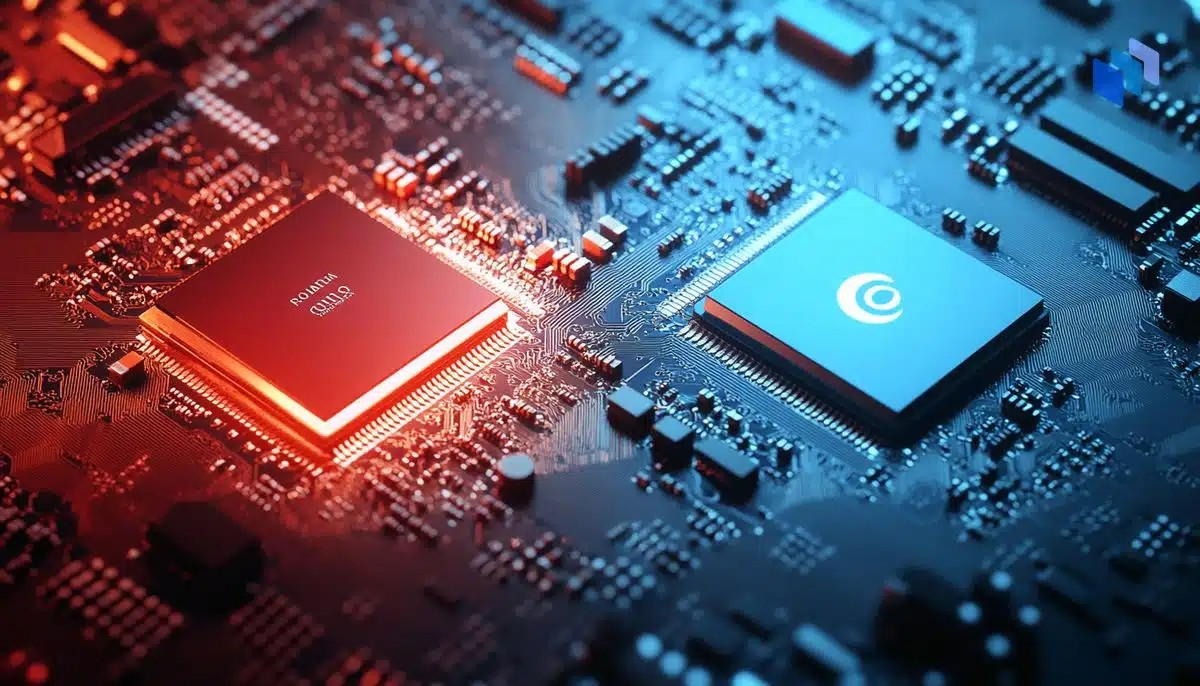
Intel has two main businesses: One is designing chips for PCs, data center servers and other uses; the other is manufacturing chips.
For decades, Intel's design and manufacturing operations have been tightly integrated, allowing the company to build factories to the exact specifications of its in-house chip designers.
But the world is turning to a different approach, led by TSMC. Instead of designing and manufacturing chips, why not just run factories and make chips for other companies?
In the late 1980s, when TSMC was born, this idea was laughed at. But TSMC's approach has proven to be correct.
The turning point came when Intel missed out on the opportunity to manufacture chips for the first iPhone. Apple eventually went with TSMC. Qualcomm was also a major chip designer and outsourced most of its manufacturing to TSMC. Other chip designers, including AMD, began to turn to the Taiwanese company.
It gives TSMC the “big, diverse” orders it needs to learn how to make chips better than anyone else. In a 2018 article, Bloomberg writer Ian King described it this way:
“With billions of transistors on a chip, a single problem with a small number of those tiny switches can render the entire component useless. Manufacturing can take up to six months and involves hundreds of steps that require frenzied attention to detail. Every time something goes wrong, the factory gets a chance to tweak and try a new approach. If it works, that information is stored for the next time. The more you make, the better. And TSMC has the most right now.”
While TSMC learns from a wide range of customers, Intel's manufacturing is stuck with a single customer: itself.
As smartphone chips take over, Intel can't keep up with TSMC. AI makes it worse.
Intel's "miasma"
Eliminating the “miasma” that surrounds Intel will be an expensive, risky, and complicated endeavor. Intel has even started paying TSMC to manufacture some of its chips.
Intel recently separated its foundry business from its chip design business, giving customers the confidence to outsource manufacturing to Intel without fear of competition. But the next challenge is the important one: getting really good at making chips.
Intel’s foundry business won’t be able to compete with TSMC until it has a few big customers. To become an expert at chip manufacturing, it needs a large, diverse set of orders to spot errors, change processes, and apply that knowledge back to the factory.
It’s a chicken-and-egg problem. Without big orders, outside customers don’t have confidence in Intel’s manufacturing capabilities. But without customers, Intel can’t improve.
One way to break the impasse is to ask the U.S. government to convince other companies to use Intel's foundries, according to CNBC . U.S. Commerce Secretary Gina Raimondo is trying to get companies like Nvidia and Apple to see the economic benefits of having a chip foundry in the United States.
Intel is building factories in four US states. Earlier this year, the company received $8.5 billion in funding from the CHIPS and Science Act and could borrow another $11 billion under a rule passed in 2022.
Intel has just announced a partnership with Amazon to produce AI chips for Amazon Web Services (AWS). AWS is the largest cloud service provider and they design a large number of chips for use in their massive data centers. This is the volume of orders that Intel needs.
On the technology front, Intel has a new process node called 18A. This is a set of chip design rules and an accompanying manufacturing system that, if all goes well in the coming years, could help Intel become more competitive with TSMC's top nodes.
The AWS partnership is based on this 18A technology, and Microsoft said earlier this year that it would also manufacture a custom chip on this process node.
Intel needs more than just customers; it needs 18A technology to be really good. Meanwhile, Qualcomm seems reluctant to buy this part. This has sparked rumors of an Intel split in recent months.
Qualcomm is interested in some of Intel's chip design operations, according to US media, while the Wall Street Journal reported that Qualcomm may sell some of Intel's units to other buyers.
How would Intel’s foundry business operate as a separate company, separate from its design divisions? The issue, again, is volume. Without it, they can’t learn, and they can’t stay afloat due to lack of scale.
(According to WSJ, Insider, CNBC)
Source: https://vietnamnet.vn/intel-va-qualcomm-khong-the-va-nhung-vet-thuong-cua-ban-dan-my-2324921.html



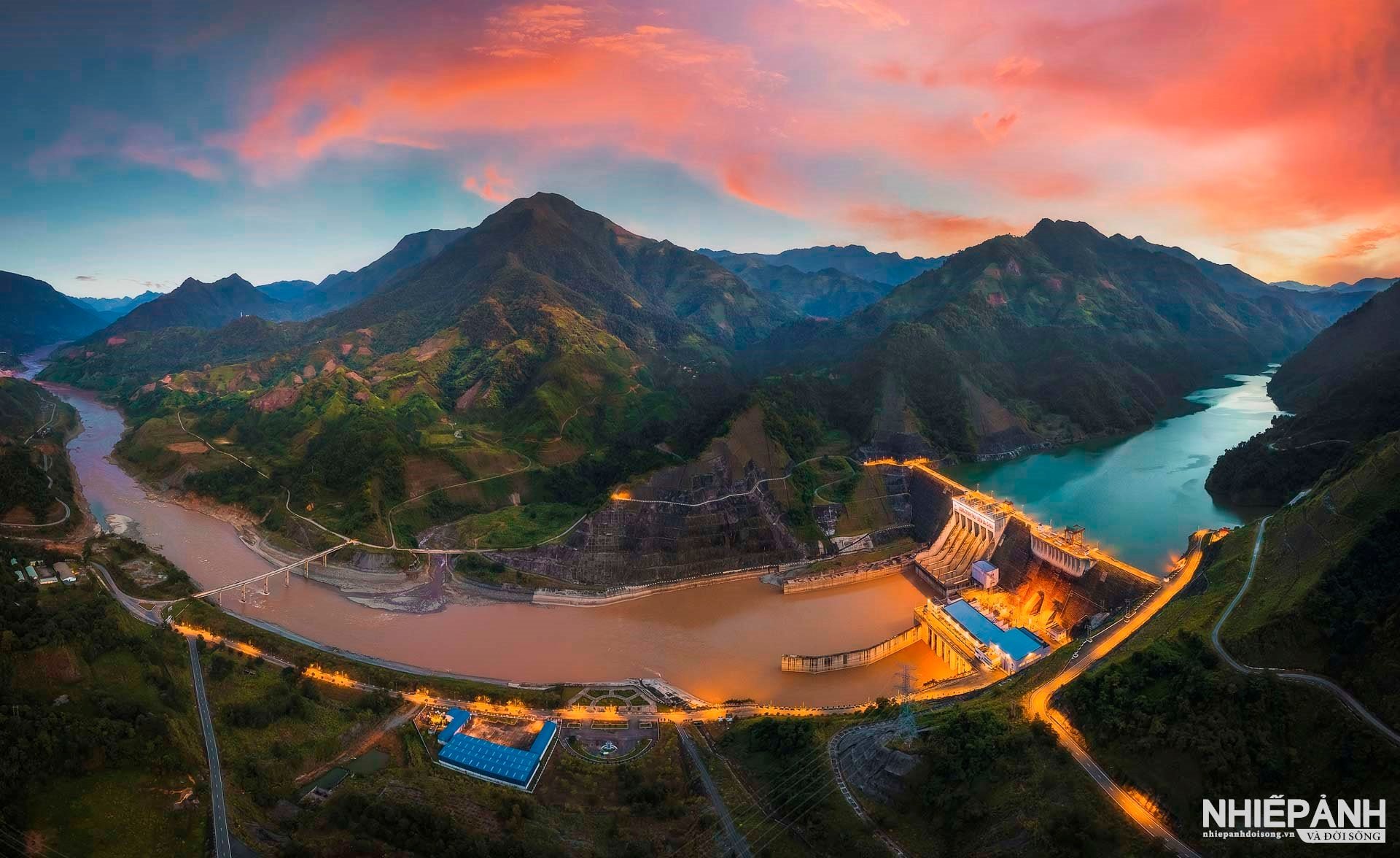


![[Photo] Ministry of Defense sees off relief forces to the airport to Myanmar for mission](https://vstatic.vietnam.vn/vietnam/resource/IMAGE/2025/3/30/245629fab9d644fd909ecd67f1749123)
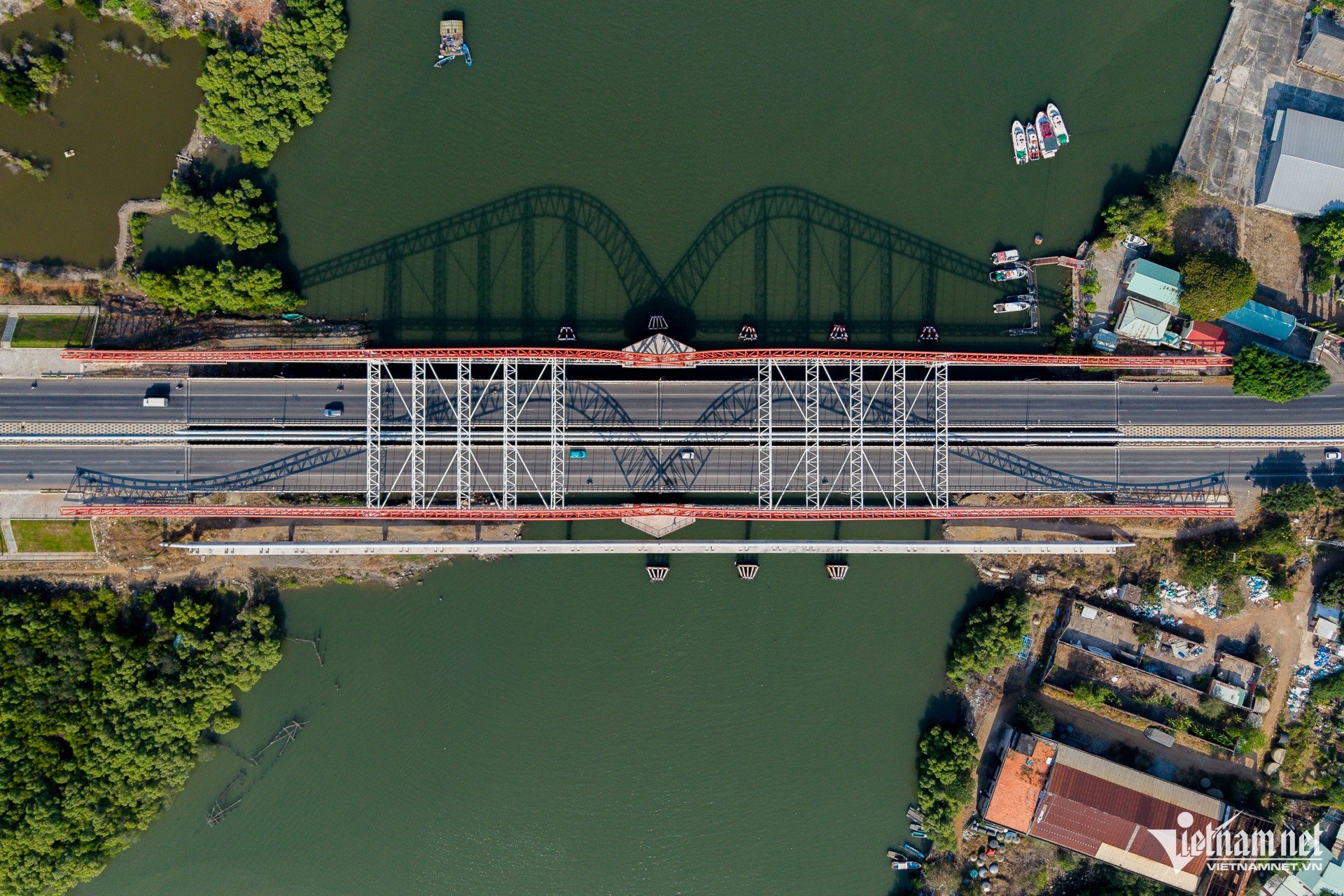
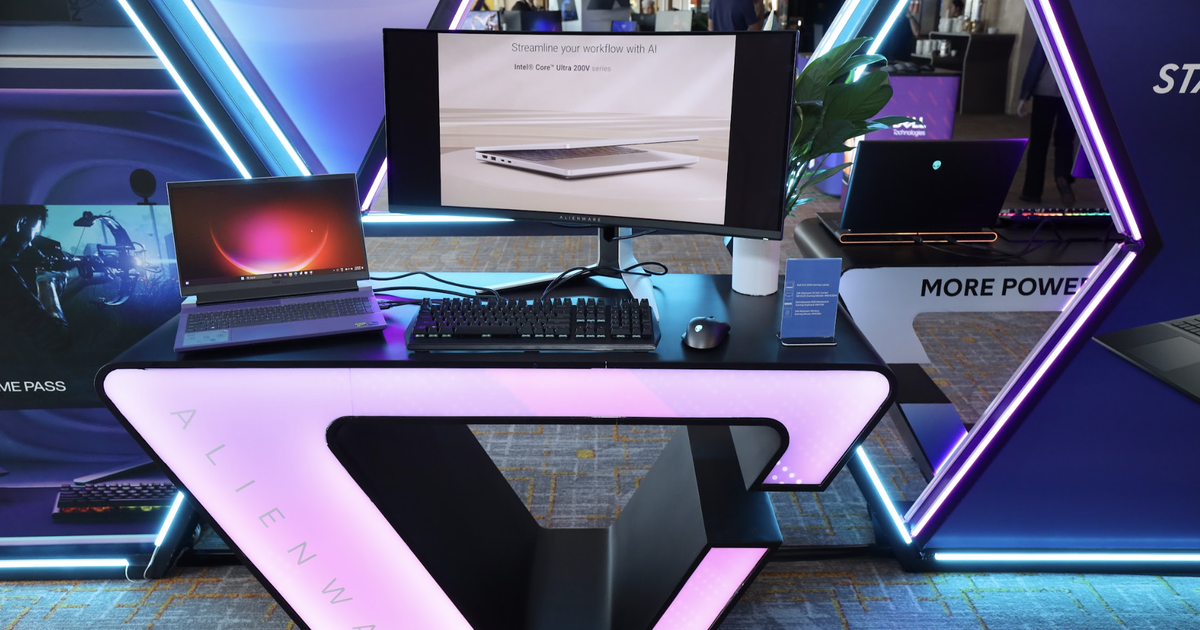


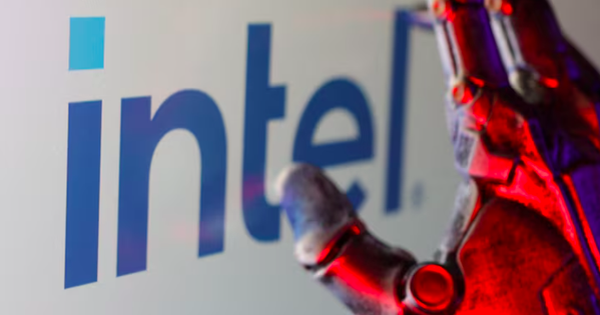










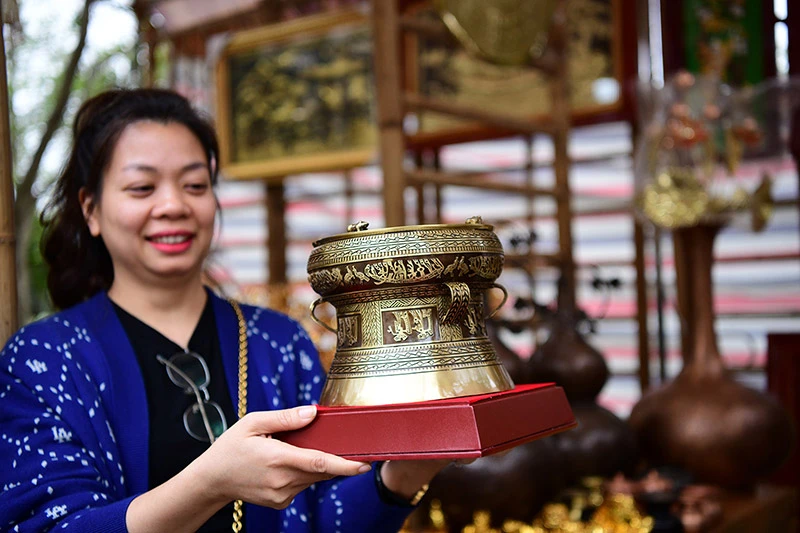

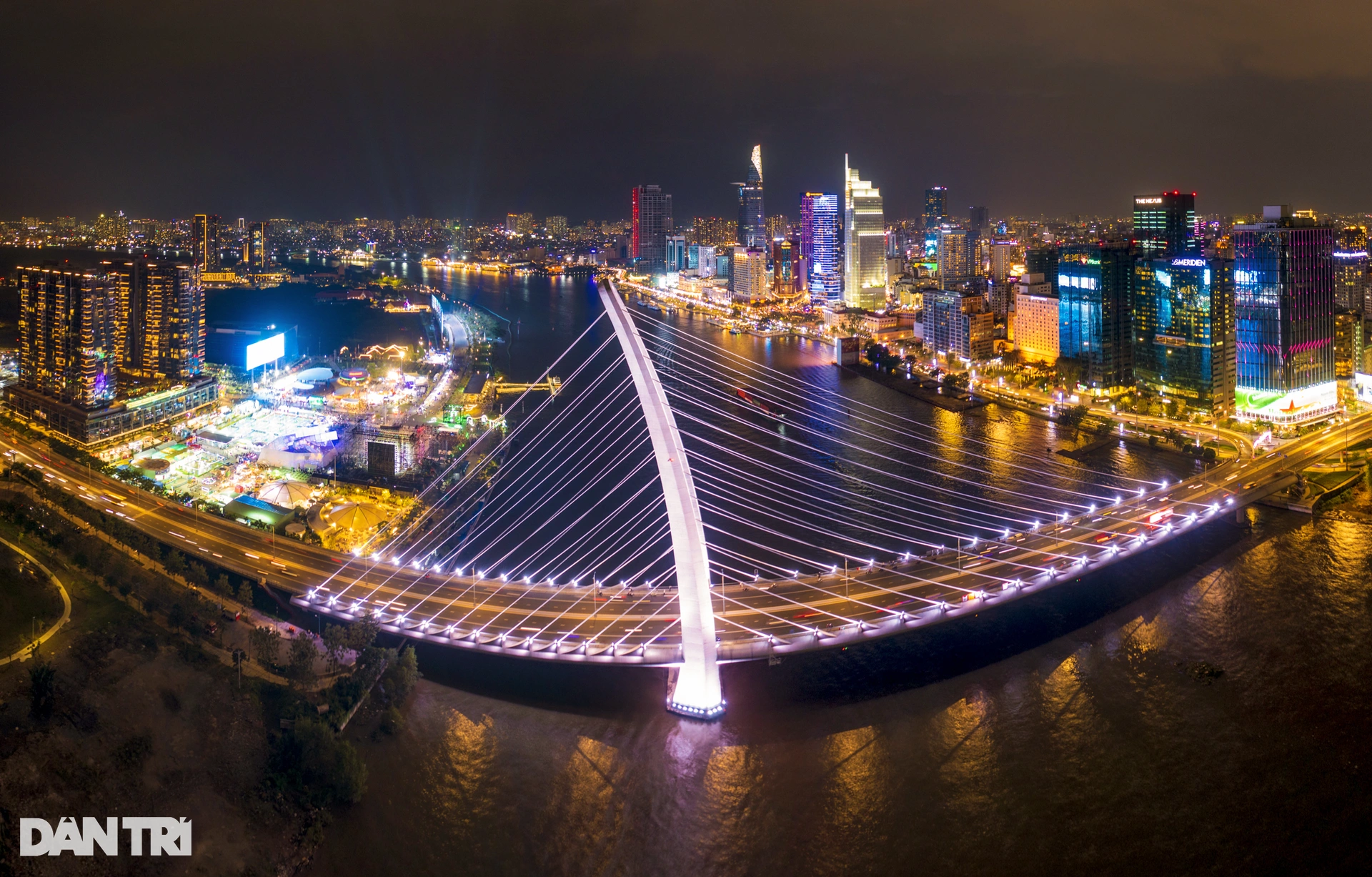




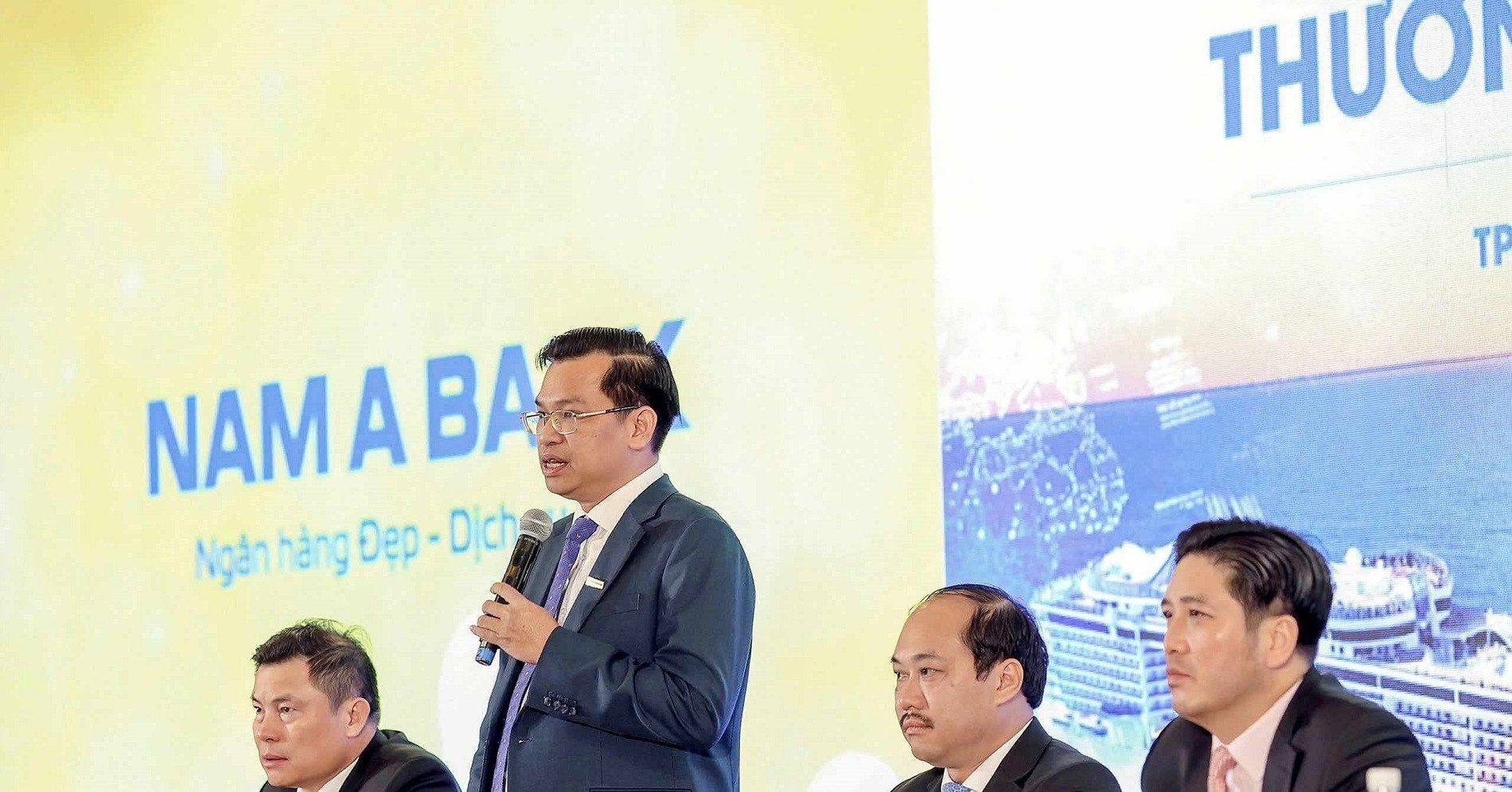

![[Photo] Prime Minister Pham Minh Chinh chairs meeting to remove difficulties for projects](https://vstatic.vietnam.vn/vietnam/resource/IMAGE/2025/3/30/7d354a396d4e4699adc2ccc0d44fbd4f)










































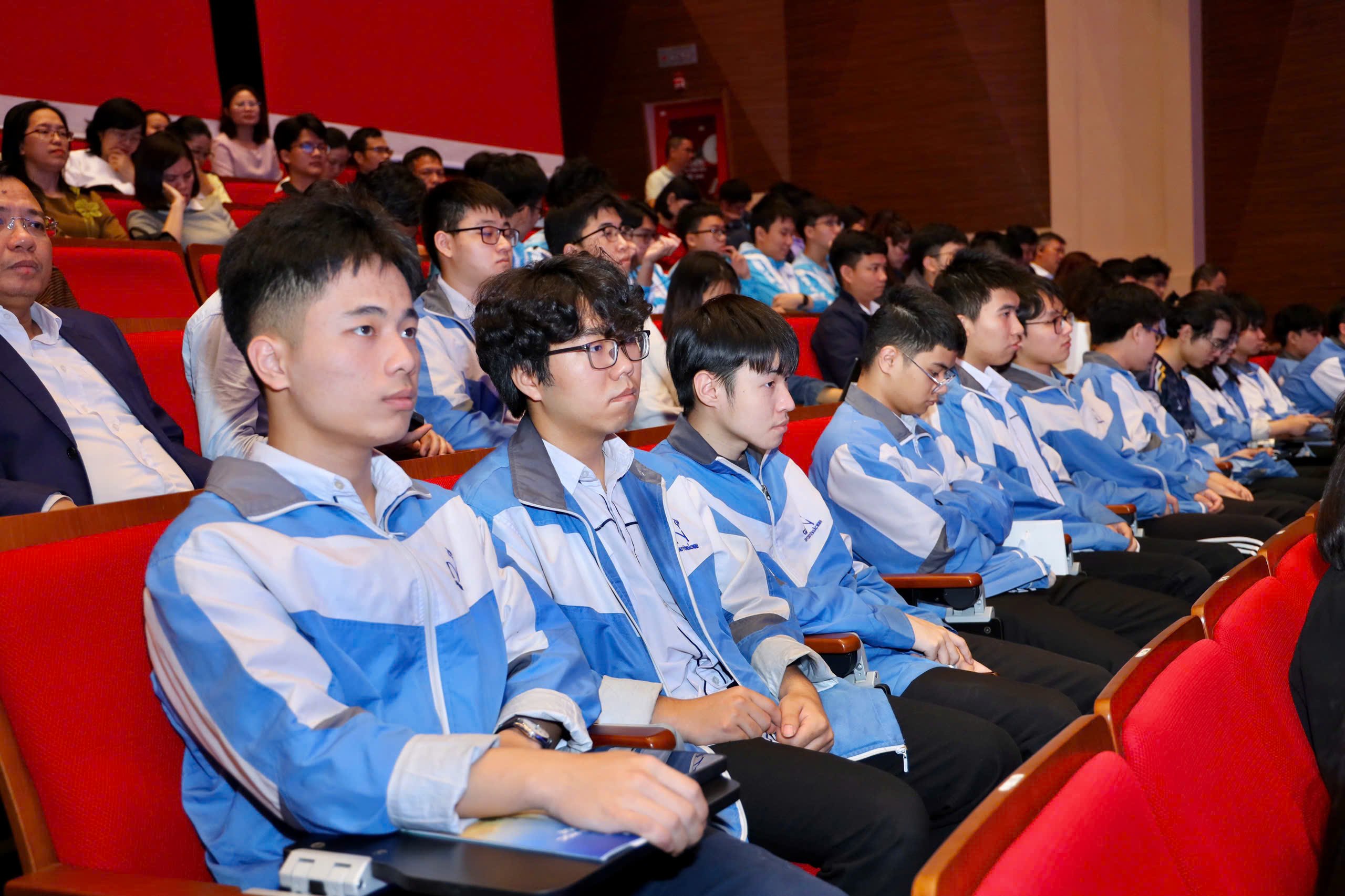

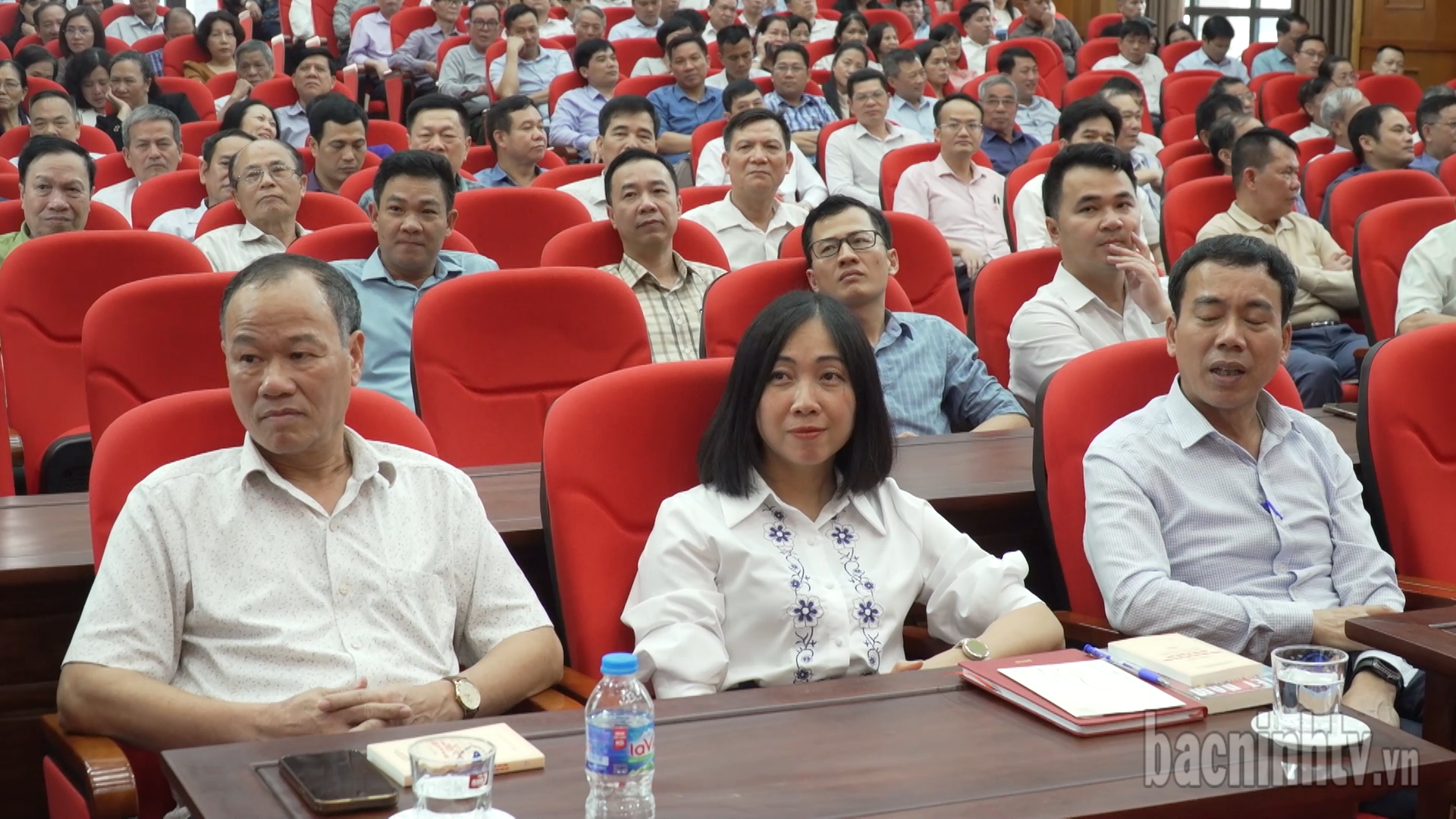


















![[REVIEW OCOP] An Lanh Huong Vet Yen Cat](https://vstatic.vietnam.vn/vietnam/resource/IMAGE/2025/3/27/c25032328e9a47be9991d5be7c0cad8c)



Comment (0)